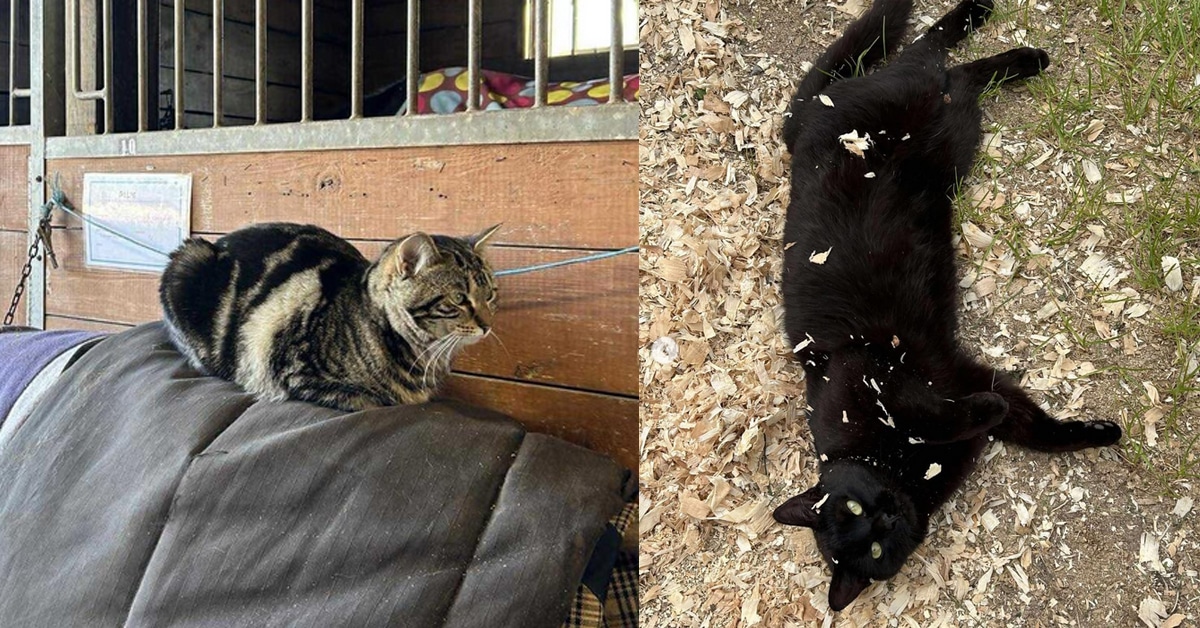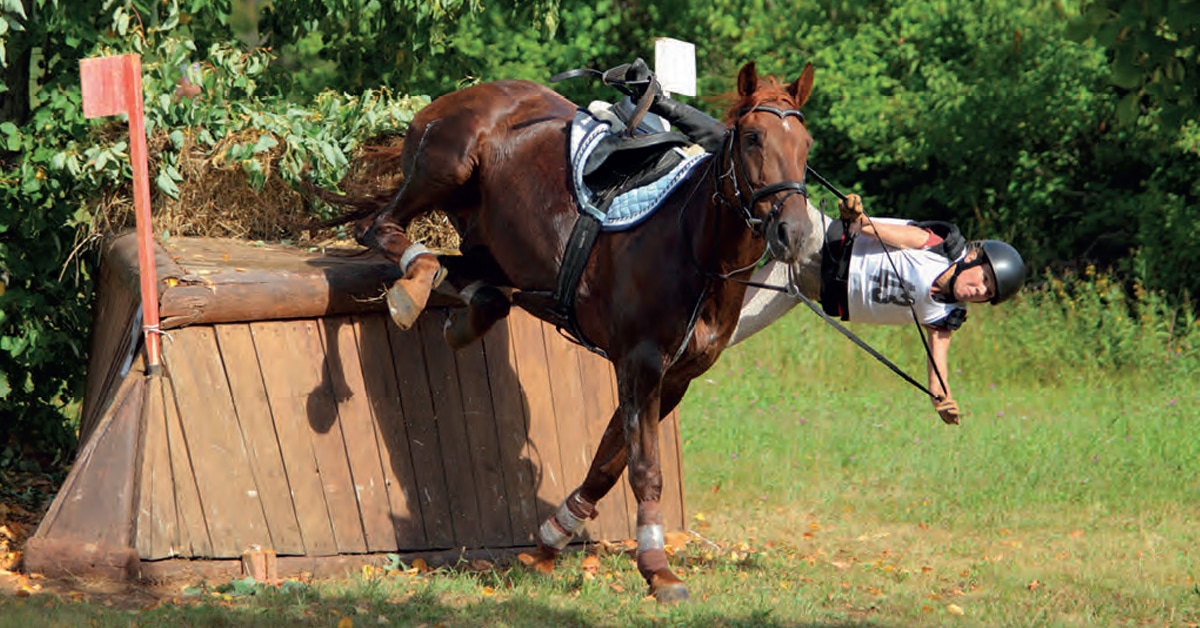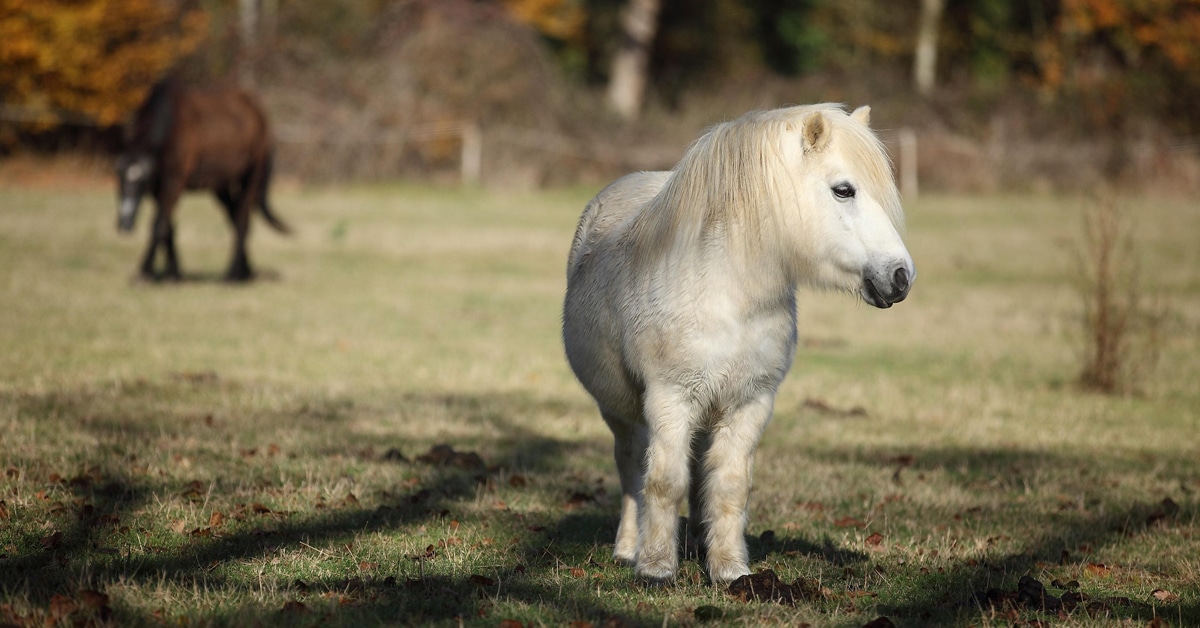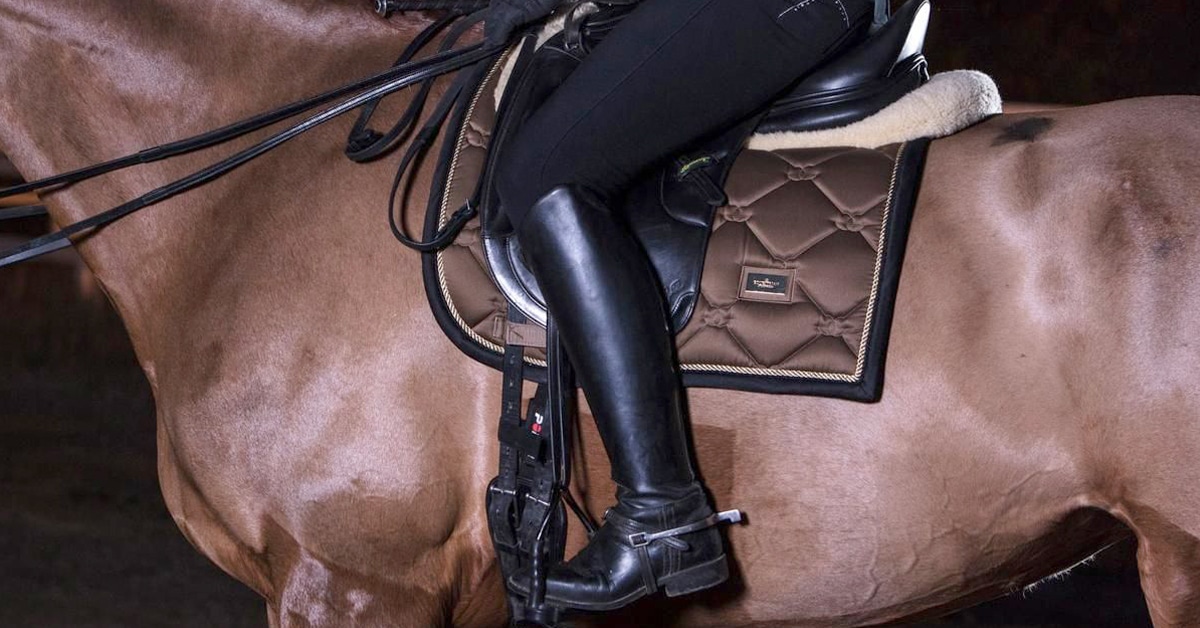It’s a colt, and he looked fine when he was born, but now you’ve noticed something alarming: instead of finding the mare’s udder and getting that all-important colostrum, he’s walking in circles. Sometimes he seems to be trying to suck on the wall of the stall. What’s wrong, and what should you do? Seek veterinary help immediately, advises Dr. Jeanne Lofstedt, veterinarian and professor of large animal medicine at the Atlantic Veterinary College. These are signs that the foal has a condition known as neonatal encephalopathy, or neonatal maladjustment syndrome – or more commonly, dummy foal.
Lofstedt says: “Signs are seen within the first 24 hours of life and are fairly obvious. The first sign is usually a loss of suckle reflex and ability to locate the mare’s udder. Affected foals will be seen walking in circles, sucking on inanimate objects and making abnormal barking noises.” Some will grind their teeth or seem irritable. In some cases, this may progress to the foal lying down, having seizures, or becoming comatose.
She adds, “If any newborn foal is not suckling by two hours after the birth, something is wrong and a veterinarian must be consulted. A foal that seems fine at first, but loses affinity for the mare’s udder within the first 24 hours of life, has probably suffered some oxygen deprivation.”
Neonatal encephalopathy is a broad term for a condition that can have a number of different causes, but most have one thing in common, says Lofstedt. At some point in the pregnancy or during the birth process, the foal has experienced oxygen deprivation and that has resulted in neurologic dysfunction. A placental infection during the pregnancy could interfere with oxygen reaching the foal, for example, or a difficult birth where the cord was compressed might have the same effect. “However,” Lofstedt adds, “some cases do occur after a rapid and uncomplicated delivery.”
The good news is that with prompt and intensive veterinary care, the vast majority (estimates vary from 70% to over 90%) of these foals heal quickly and are able to lead normal lives. Lofstedt says that the worrying behaviours usually stabilize within 24 to 48 hours after treatment begins and then gradually improve over the next few days. Most have fully recovered after five to seven days, with no long-term negative effects. (Another piece of good news: a mare who has had one “dummy foal” is not at any higher risk of having another one.)
Prompt veterinary care is essential to achieving that high survival rate, though. Lofstedt explains that the most important consequence for the “dummy foal” is not getting the colostrum. This “first milk” produced by the mare is rich in antibodies which the foal urgently needs. If the foal doesn’t ingest colostrum in the first 12 hours of his life, he will not have enough antibodies in his system to protect him from diseases such as septicemia (a serious blood-borne bacterial infection), pneumonia, and diarrhea. The veterinarian will treat the foal by tube-feeding with some of the mare’s colostrum (if the foal is less than 24 hours old) or by giving the foal plasma containing the necessary antibodies intravenously.
That’s just the first step. Lofstedt says that the foals usually need to be cared for in a veterinary hospital or other institutional setting, as they require extensive nursing. Because they are unable to feed normally, a veterinarian will typically place a stomach tube in the foal; the mare will be hand-milked every two or three hours and that milk will be given to the foal via the tube. If the foal is lying down or is having seizures, it must be kept on very soft bedding and wear a protective padded helmet. The soft bedding prevents sores developing on the foal’s skin over the areas where the bones are prominent, and the helmet prevents damage to the foal’s head and eyes. Medications to control seizures and decrease brain swelling may also be given. If the foal has developed septicemia – a common consequence of this condition – intravenous antibiotics will be used to treat it.
The Ontario Veterinary College at the University of Guelph has a ‘Foal Watch’ program where “dummy” foals (as well as others with developmental or health problems, such as foals born prematurely) are observed and cared for by teams of volunteer students under the supervision of veterinarians. This allows the foals to be given the 24-hour-a-day care they need while they recover. Some other veterinary schools have similar programs, typically running from January to June, the prime months for foaling. Usually, the mare will accompany the foal so that her milk can be obtained to feed the foal.
Lofstedt adds that new treatments for this condition are currently being researched. One is the application of a “squeeze rope” applied for about 20 minutes around the chest of the affected foal. This usually causes the foal to collapse or fall asleep; once it’s removed, some of the foals given this treatment will get up, locate the mare’s udder and start nursing as though they never had the syndrome. The theory is that the squeezing mimics the pressure of the birth canal during delivery, which lowers the levels of neurosteriods in the foal’s central nervous system. This is thought to be important, because elevated neurosteroids are known to cause alterations in how the central nervous system functions and can cause the signs seen in dummy foals.
Although the symptoms of a dummy foal are distressing, with the right care you can anticipate your colt or filly will recover within a short period of time and be able to live a normal life. As Lofstedt says: “Many foals that had this syndrome have gone on to do well.”
The Latest











